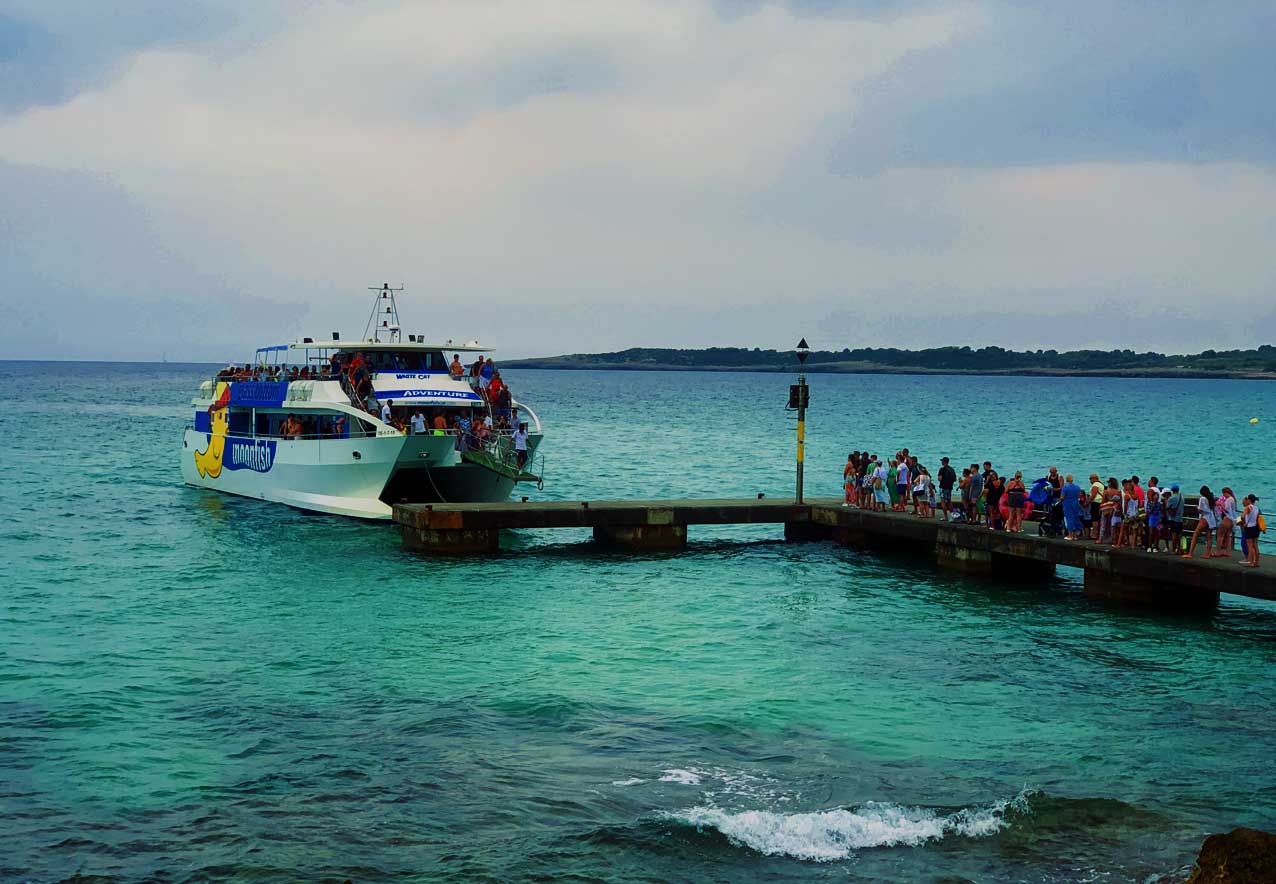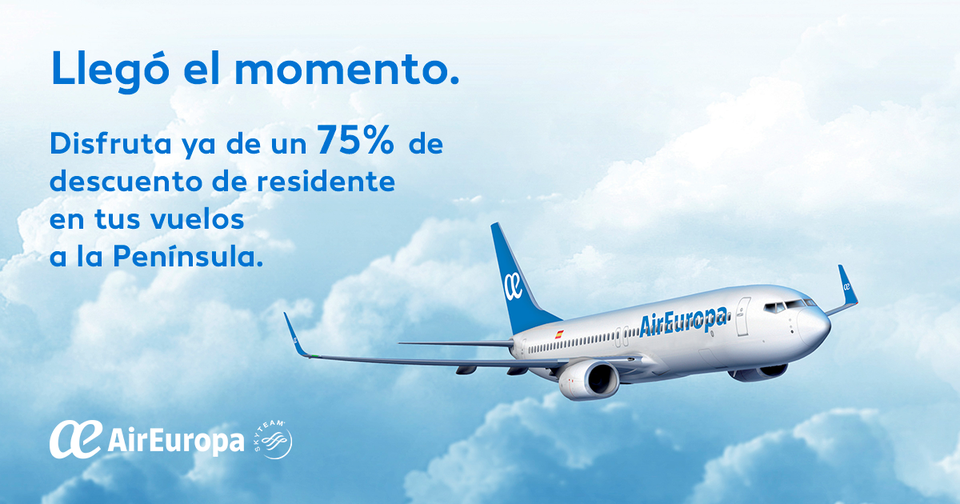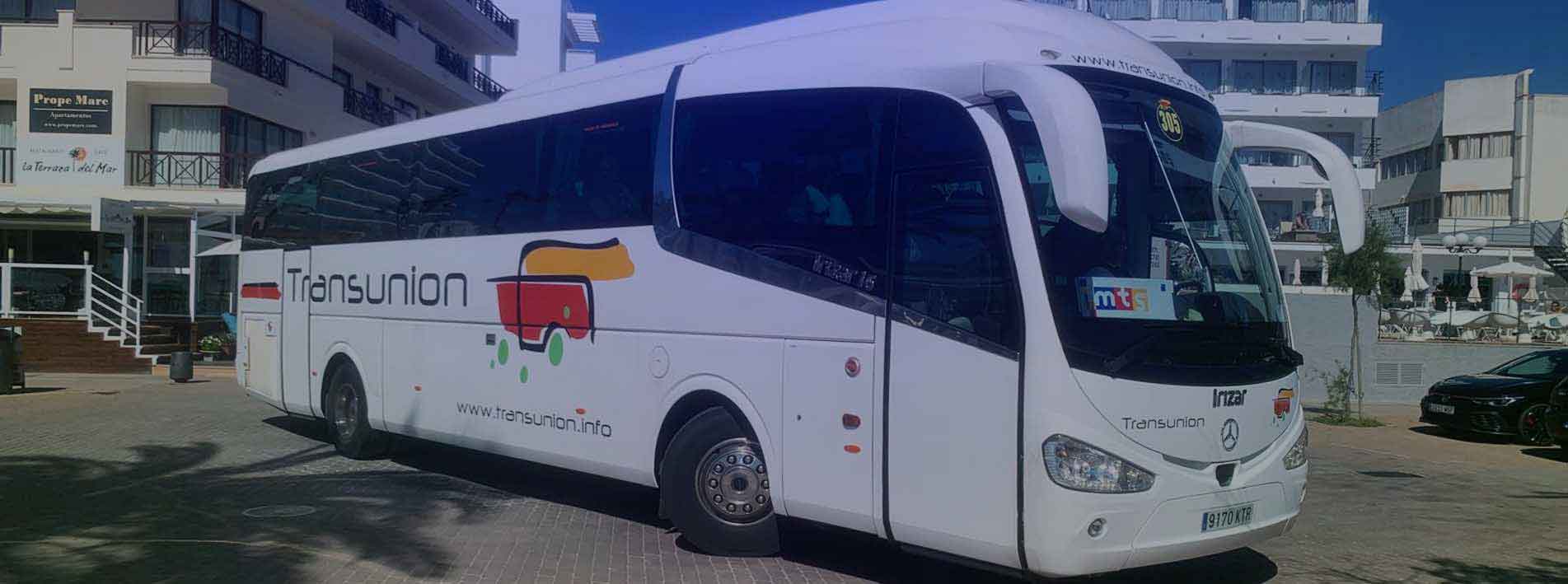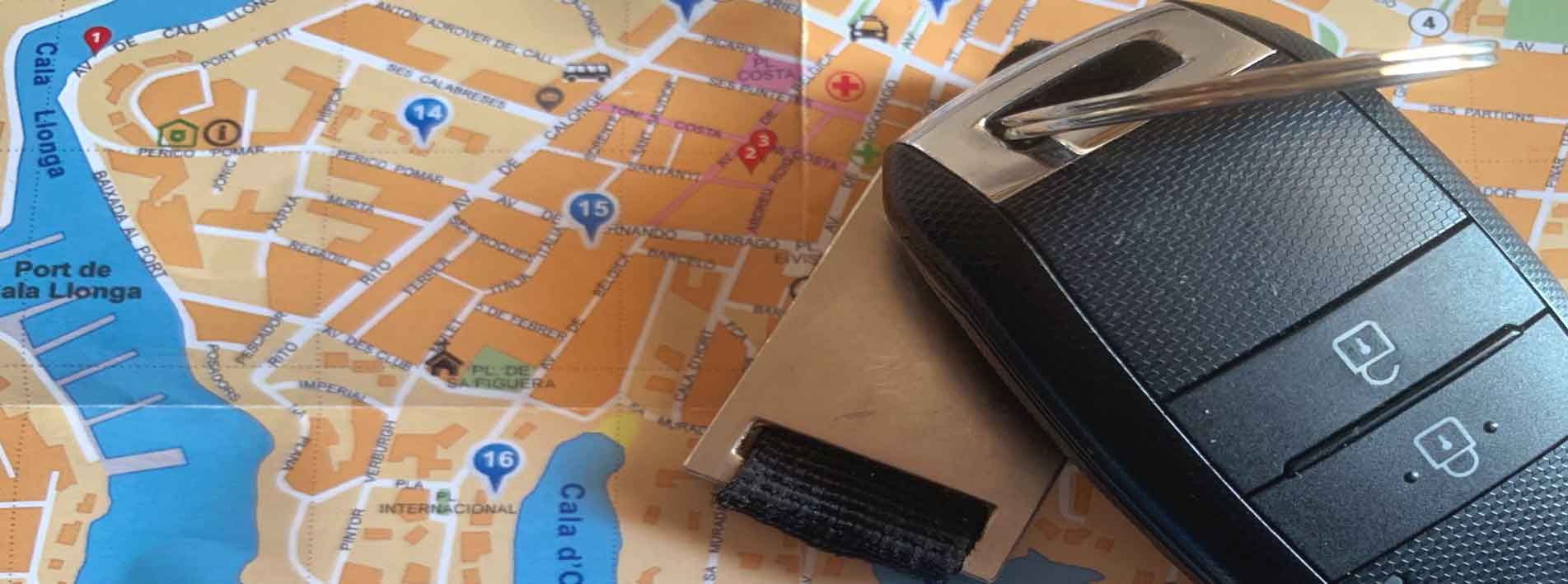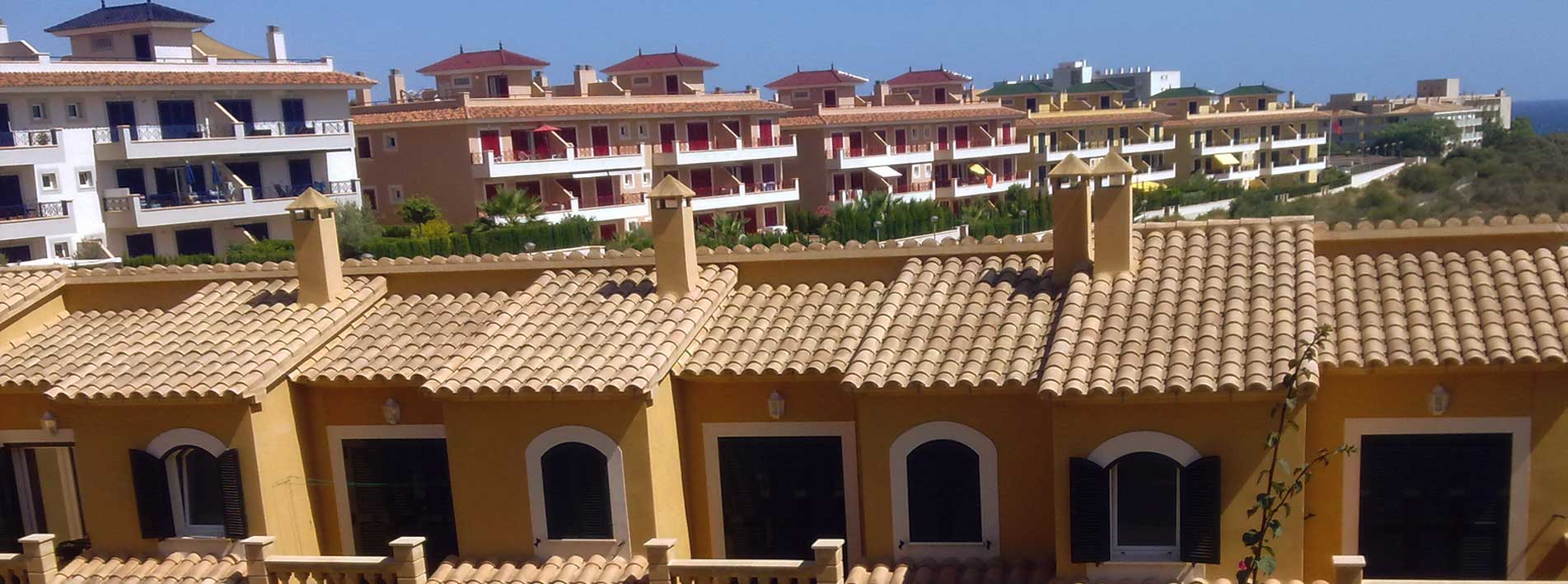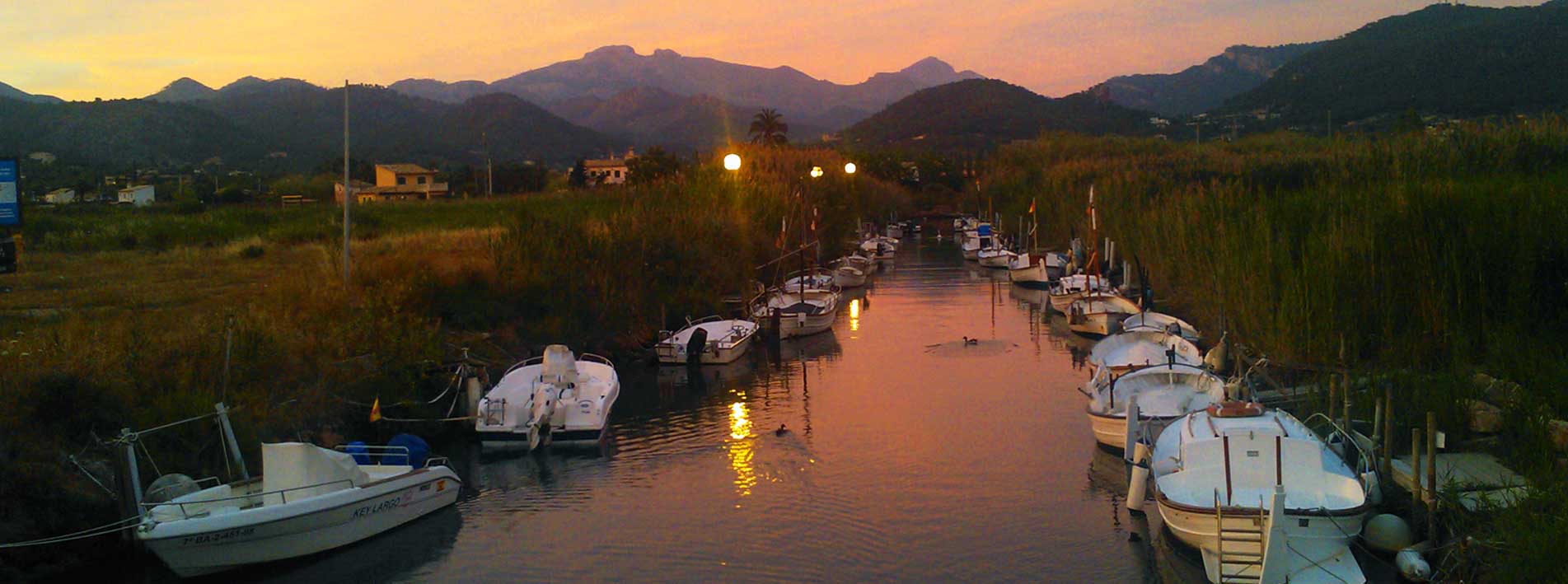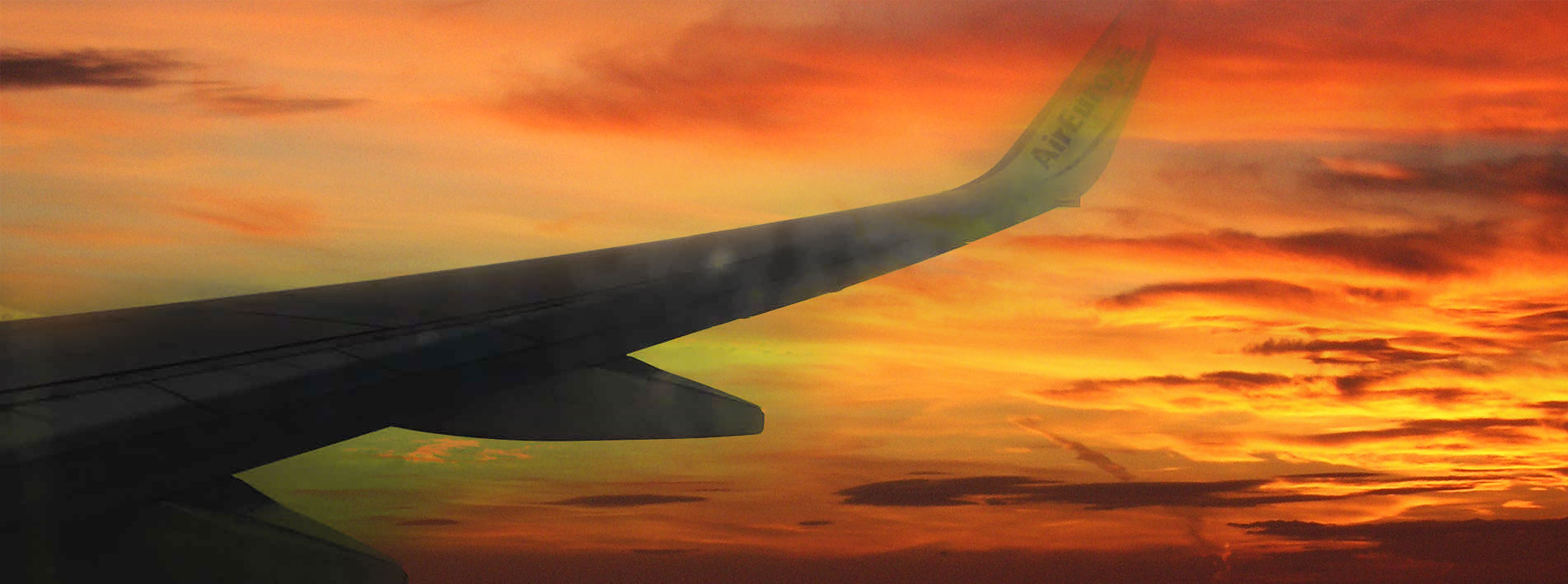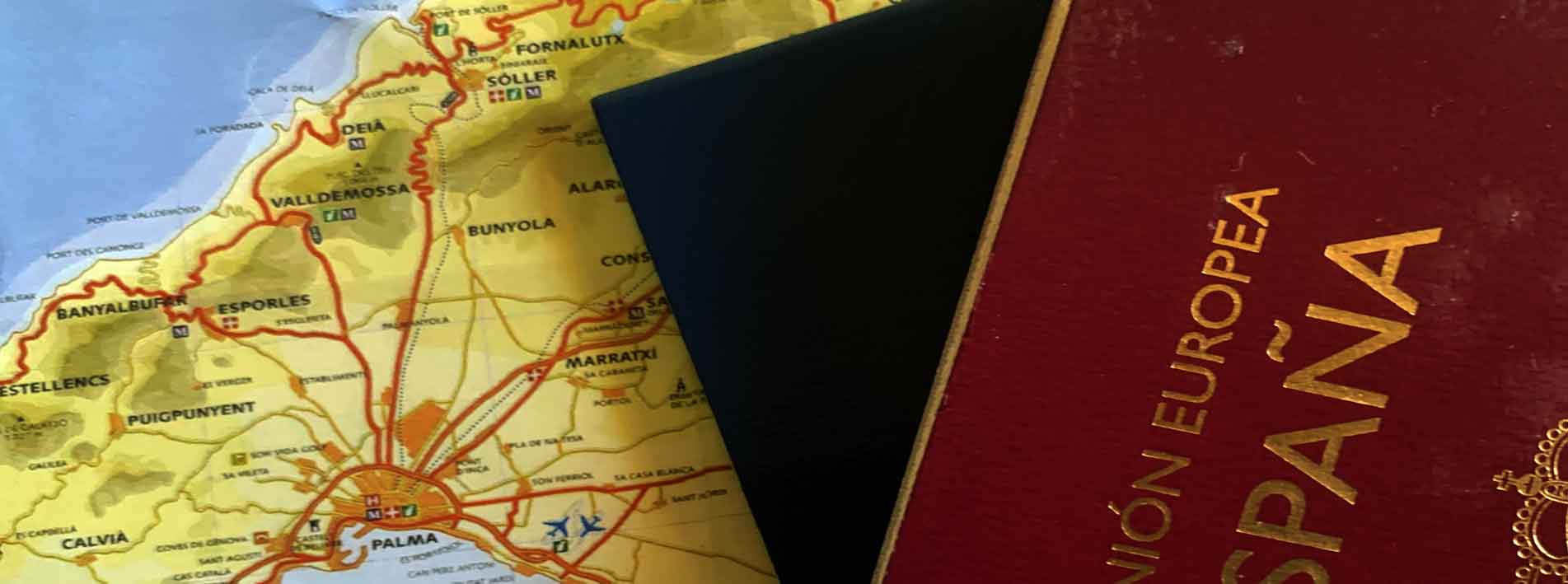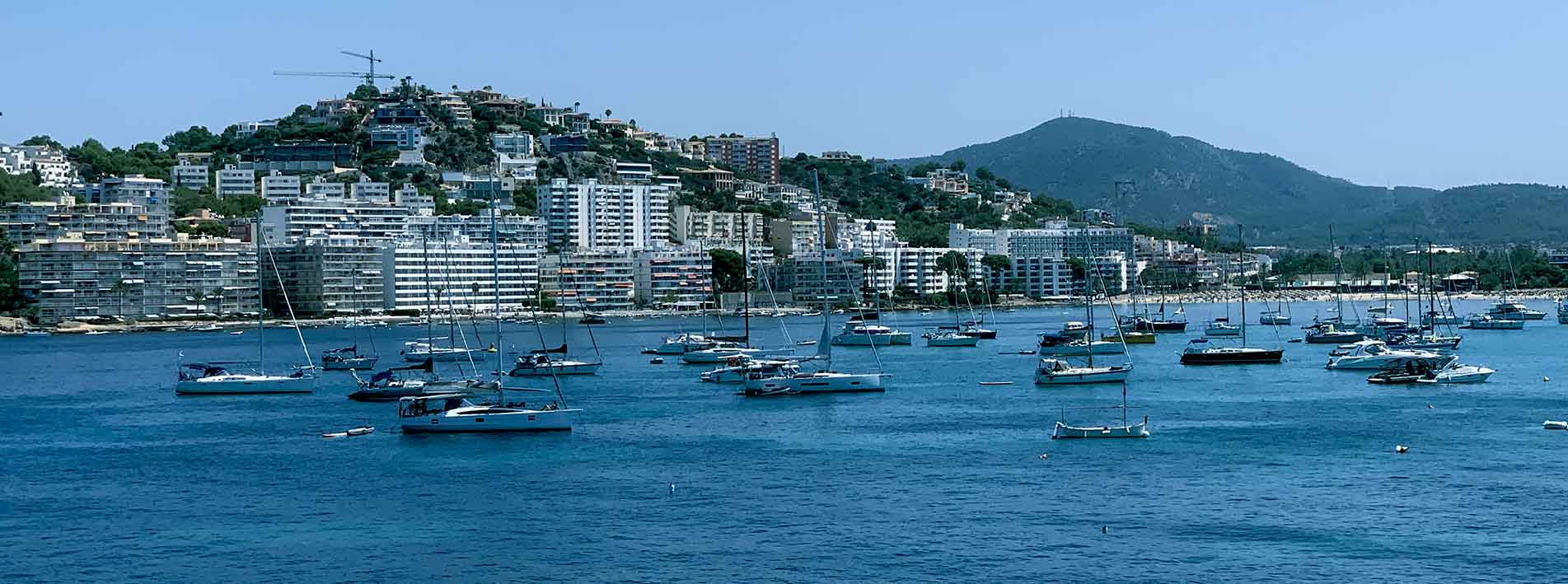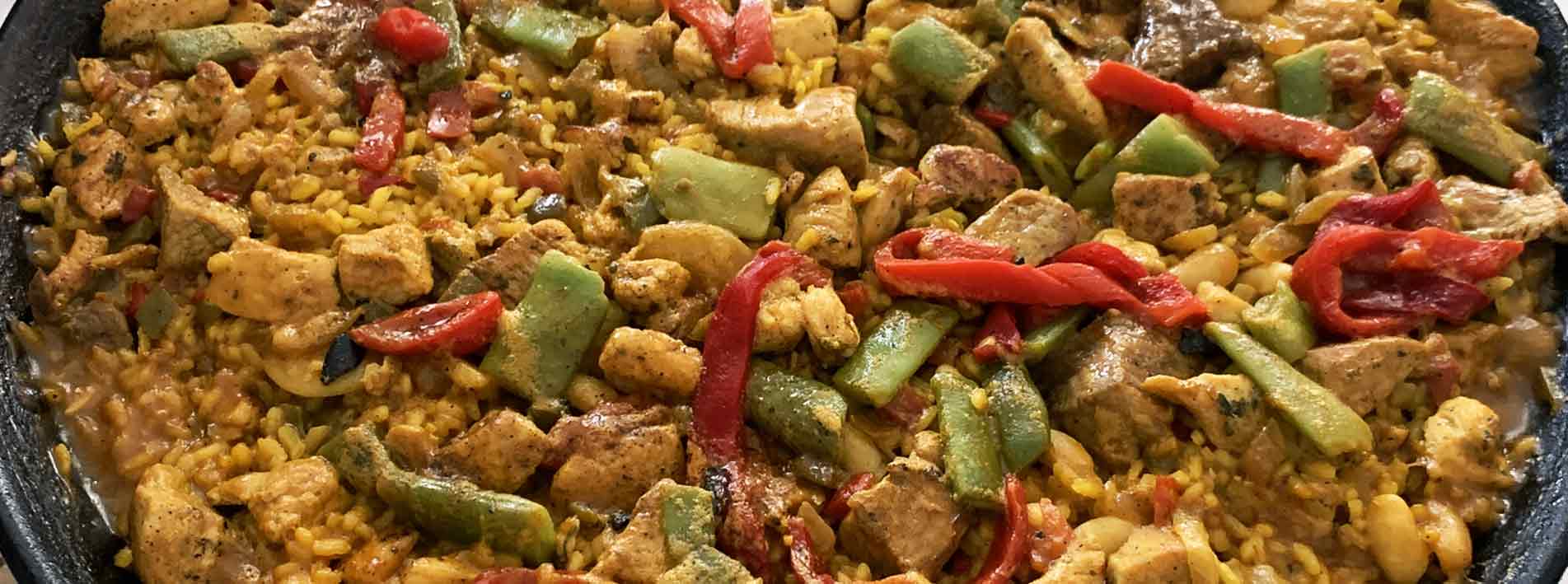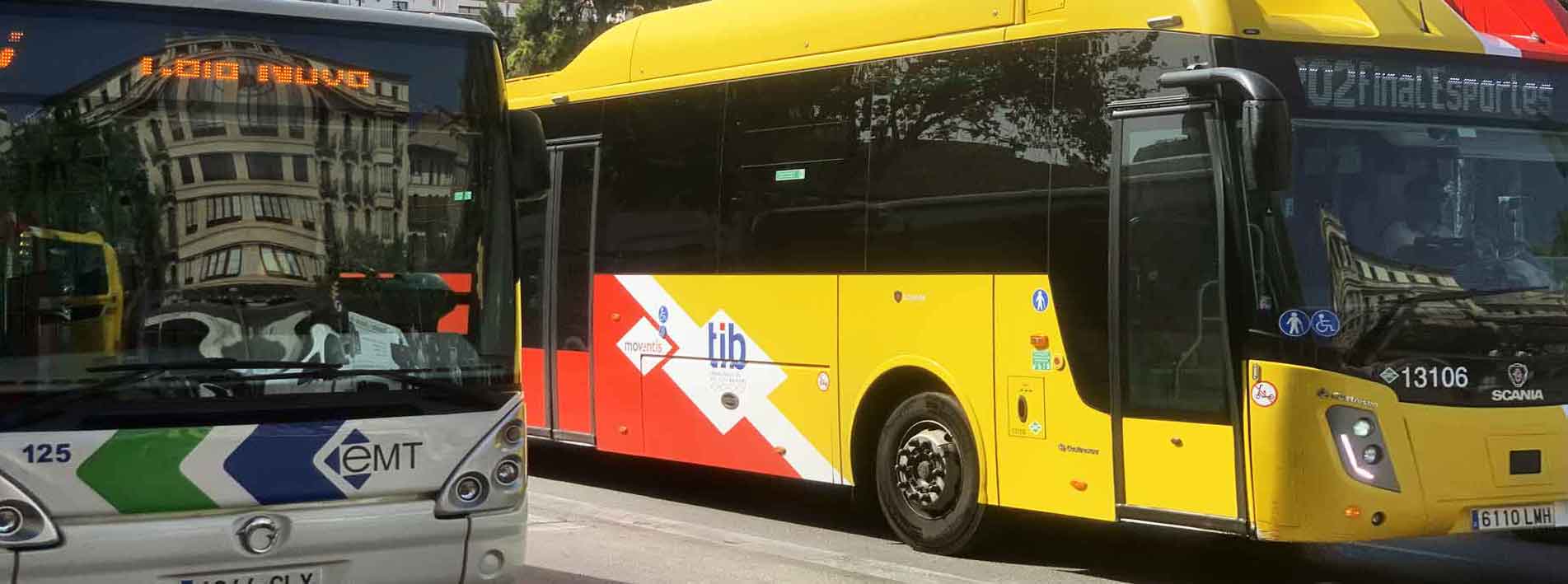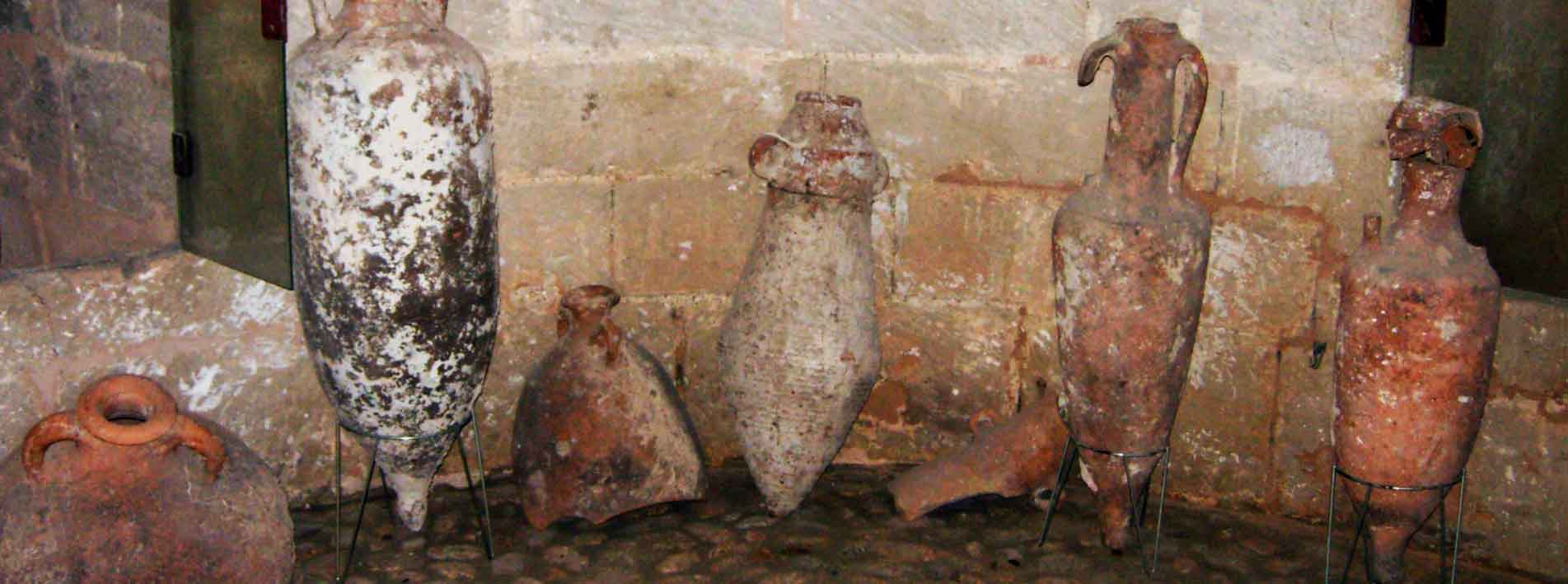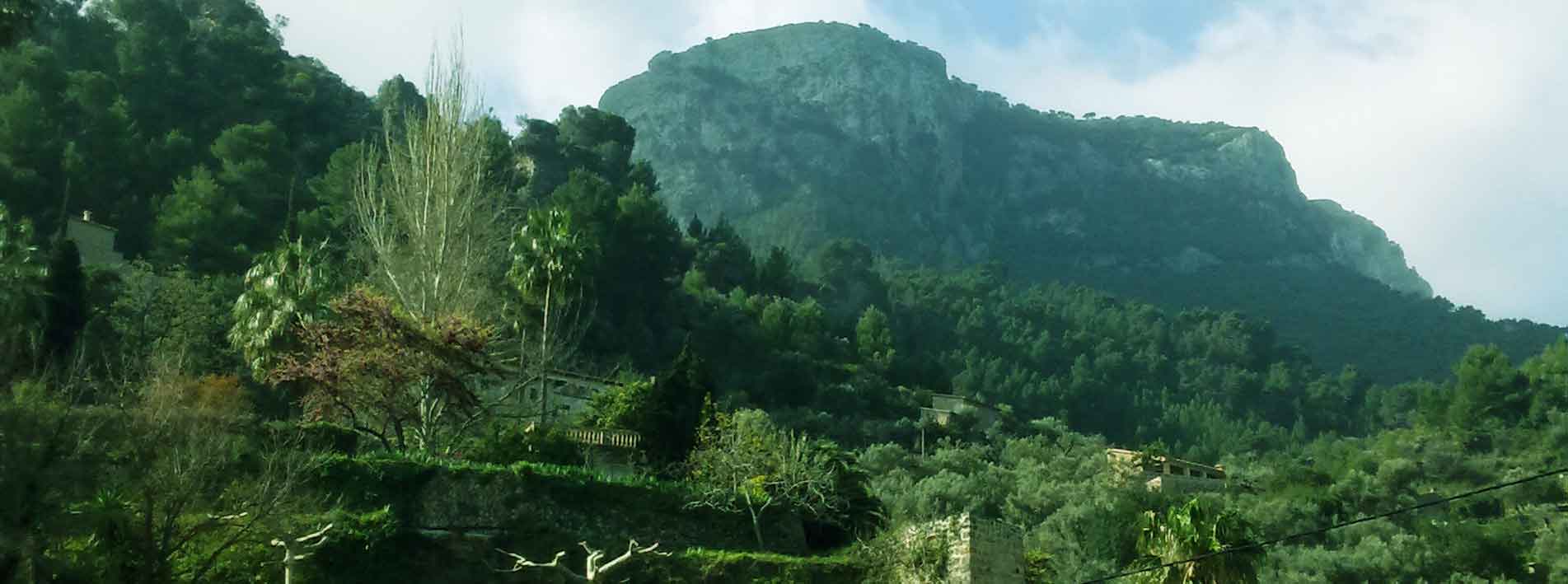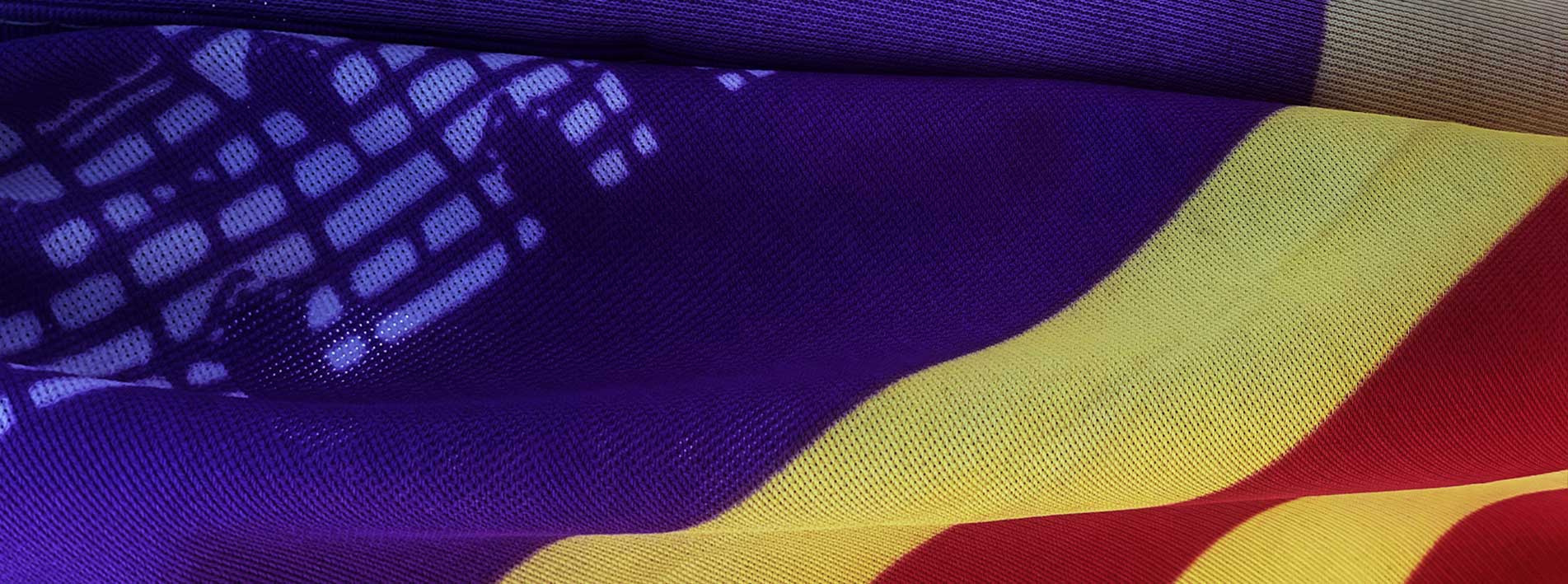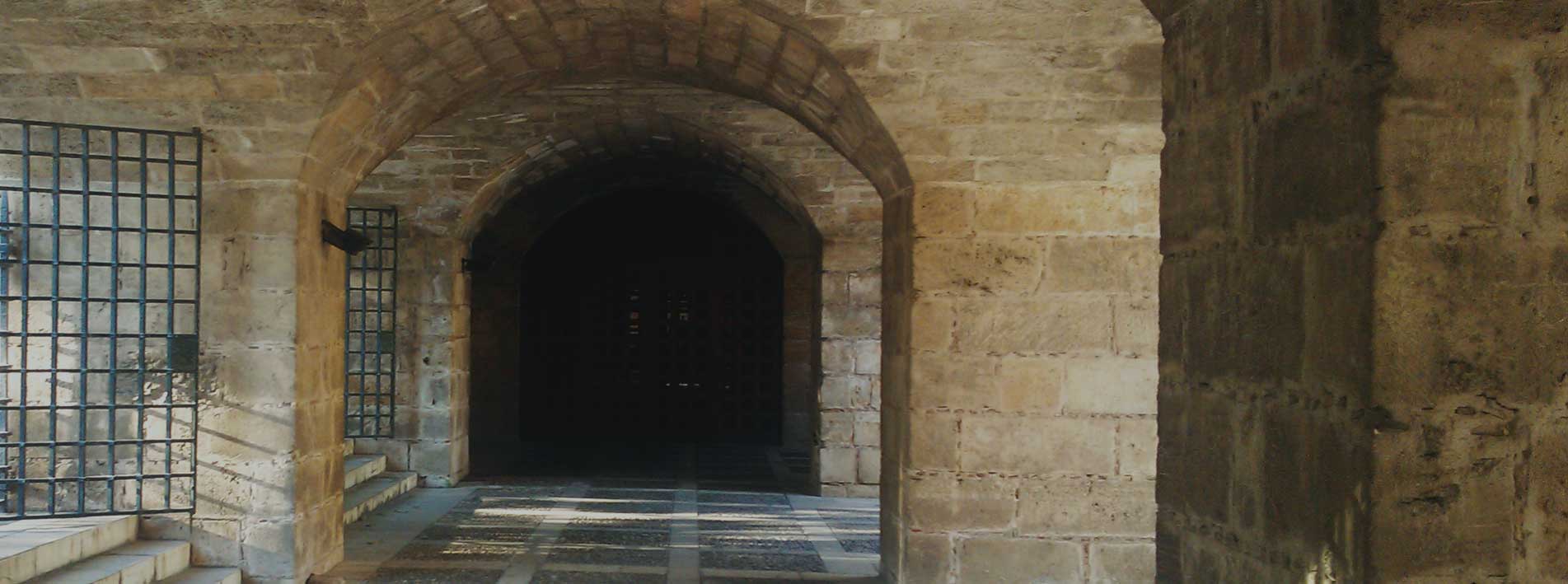What to see and do in Cala Millor?
Cala Millor is a village of Mallorca, a popular tourist destination and an important resort on the east coast of the island, known for its long white sand beach and crystal clear waters, ideal for families. Cala Millor is a coastal town belonging to the Mallorcan municipalities of Sant Llorenç des Cardassar and Son Servera, approximately 70-75 km from Palma and about 60-65 km from the airport. Access by car is usually the fastest option, taking around an hour.
 Hospitality and Tourism
Hospitality and Tourism
Tourism: It is one of the most important tourist destinations on the island, with a large concentration of accommodation: hotels, vacation homes, and a wide range of tourist attractions developed since the 1960s.
Main attractions in Cala Millor
Cala Millor offers a wide variety of beach and nature-focused leisure activities, including water sports such as snorkeling and kayaking, boat trips, hiking in Sa Punta de n’Amer, and guided mountain biking tours. The offerings focus on family options such as tourist trains, playgrounds, and nightlife, with a wide range of restaurants and bars. In addition, cultural events, weekly markets, and summer festivities are organized.
 What to see and do in Cala Millor?
What to see and do in Cala Millor?
Cala Millor Beach: Cala Millor has a long beach of fine white sand that stretches for almost 2 km, with crystal clear, shallow waters, ideal for families. It is equipped with services such as lifeguards, sun loungers, and access ramps, as well as a promenade with bike lanes and numerous restaurants, bars, and shops. The area offers a variety of water sports, other sports, and nature activities.
Water sports: In Cala Millor, you can enjoy a variety of water sports, including adrenaline-pumping activities such as water skiing, windsurfing, and flyboarding, as well as more relaxed options such as diving and snorkeling. Activities such as parasailing are also available, allowing you to enjoy aerial views of the sea.
Walks and excursions: Walks and water routes in Cala Millor include boat trips (with or without a glass bottom) to the south to places such as Porto Cristo, Cala Romántica, and the Pirate’s Cave, or to the north, as well as jet ski excursions that can also head north or south. These routes usually include stops for swimming and allow you to discover sea caves, coves, and the east coast of Mallorca. You can also enjoy horseback riding or stroll along the promenade, which also has a bike lane.
 Nature in Cala Millor
Nature in Cala Millor
Punta de n’Amer Natural Park: The Punta de n’Amer Natural Park is a 200-hectare protected area, declared a Natural Area of Special Interest (ANEI) in 1985, located between Cala Millor and Sa Coma. It is notable for its landscape, with a mixture of dunes, scrubland, and pine forests, ideal for hiking, and for its natural and cultural wealth, with a 17th-century defensive tower (“Es Castell”) as its main point of interest.
Flora and fauna: The flora of Cala Millor includes Mediterranean garrigue vegetation (mastic, rosemary) and dune vegetation (barrón, sea iris), as well as pine, juniper, and holm oak forests. The fauna is diverse, including seabirds such as gulls, mammals such as hedgehogs and ferrets, reptiles such as the Balearic lizard, and marine fauna such as rockfish, groupers, squid, and sea urchins.
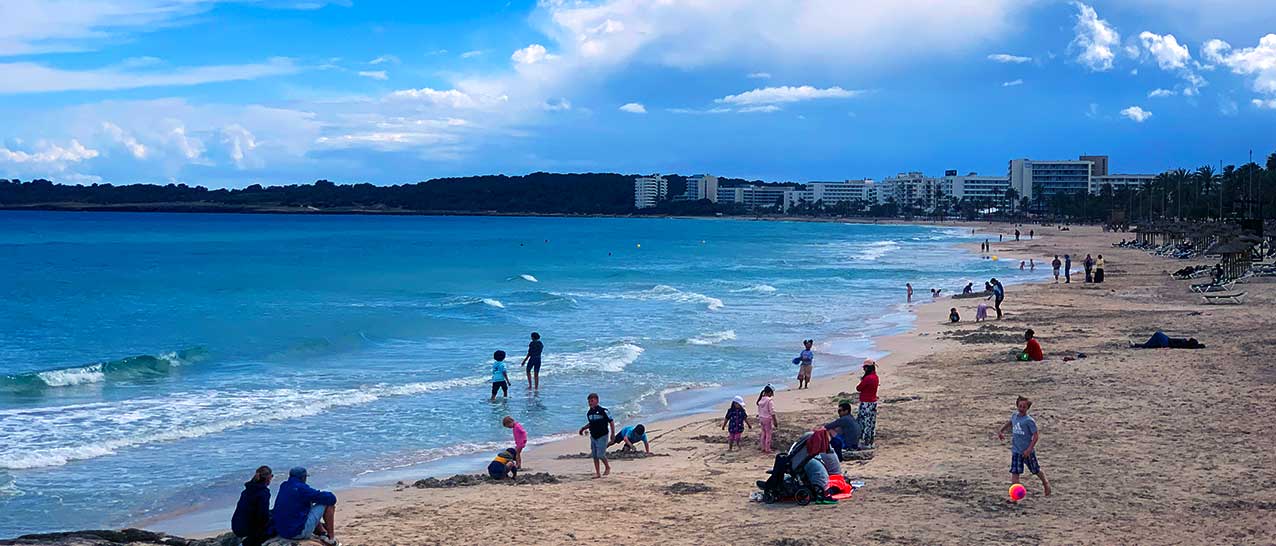 Culture and leisure in Cala Millor
Culture and leisure in Cala Millor
Culture: The culture of Cala Millor is fused with the history of its past, which includes vestiges of Talayotic culture, and adapts to the present as a popular tourist destination. Among the most notable cultural elements are the ruins of the Talayotic settlement of S’Illot, a reflection of its pre-Hispanic past, the construction of the fortress of Sa Punta de n’Amer in the 17th century, and its evolution into a modern resort since the 1960s.
Festivals: Traditional festivals such as Sant Antoni (January), Sant Miquel (May), Sant Joan (June), and Mare de Déu del Carme (July) are celebrated in the nearby municipalities that form part of the area.
Shopping and gastronomy: Cala Millor offers a main pedestrian street with international brand stores, jewelry stores, boutiques, and souvenir shops. In terms of gastronomy, there is a wide range of restaurants, although many are geared towards international tourism. However, you can find restaurants serving traditional Mallorcan cuisine and local products in supermarkets and weekly markets. You can try typical Mallorcan dishes such as sobrasada and ensaimada, and local wineries are producing an increasing number of Mallorcan wines.
And that’s it for this brief overview of what to see and do in Cala Millor, Mallorca. We hope it helps.
By the way: Are you coming to Mallorca on a tourist trip? If you find it helpful, you can also check out our travel guide to Mallorca and more tourist information about the island

